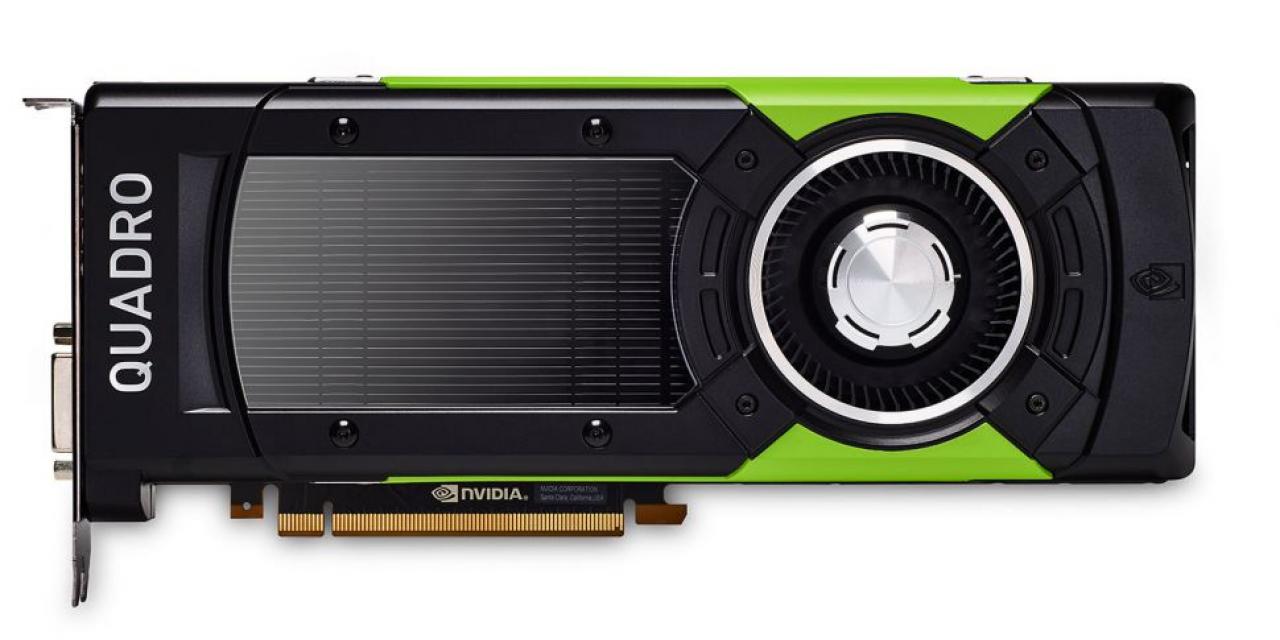
Nvidia's line up of Pascal graphics cards, the GTX 1070, GTX 1080 and Titan X, are the most powerful single GPU graphics cards on the planet right now. With AMD's Vega approaching though and looking set to offer solid competition at the top end of Nvidia's performance scale, Nvidia could well be trying to get some headlines back in its favor, with the release of the GP100.
Based off of the TP100 rendering card it showed off before the launch of the Pascal generation, the GP100 is a similar card, but with display ports added so that you can actually use it for standard PC operations. You wouldn't necessarily want to game with it - although it would do so very well - but as a Quadro card, its designed more for business solutions than home gaming.
But what do you actually get for your money when buying such a card? Well for starters, it uses the much talked about, never seen before, HBM2. That's the second generation of the high bandwidth memory (HBM) found on AMD's Fury and Fury X cards from 2015. It offers massive bandwidth and in the case of the Quadro GP100, that means it has as much as 720GBps of bandwidth.
That's more than twice that of a GTX 1080.
For the GPU itself, there are 3,580 CUDA cores which offer up to 10.3 TFLOPs of performance, which is actually less than a Titan X Pascal card by .7 of a TFLOP.
This isn't too surprising however, as this card is designed as a slightly lower-tier version of Nvidia's GP102, which was introduced alongside 24GB of GRR5X and offered 12 TFLOPS of performance (thanks PCG).
Considering the price for Nvidia's new card is likely to be upwards of $5,000, this is not an affordable gaming card. Still, it's interesting to see what Nvidia can do with its non-gaming focused hardware.








